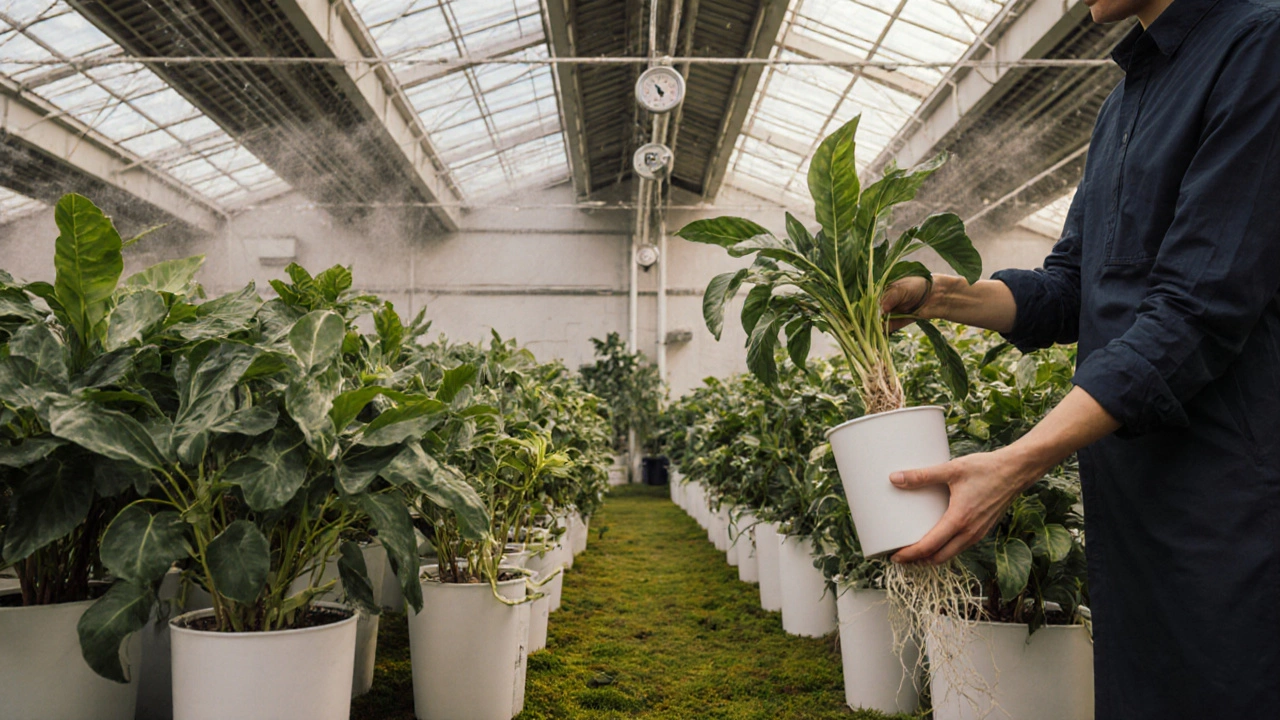Discover the optimal months to purchase indoor plants, how seasonality and nursery conditions affect pricing, and tips for healthy, budget‑friendly buying in 2025.
Indoor Plant Seasonality: When to Move, Adjust, and Thrive Year-Round
When you bring a plant inside, you’re not just adding greenery—you’re changing its whole life cycle. Indoor plant seasonality, how indoor plants respond to seasonal changes in light, temperature, and humidity. Also known as houseplant growth cycles, it means your peace lily, snake plant, or pothos doesn’t treat winter like summer. In India, where winters are mild but dry and summers are hot and humid, indoor plants often get confused. They drop leaves not because you’re doing something wrong, but because the environment shifted under their roots. Most people think houseplants are low-maintenance year-round. But that’s like assuming a car runs the same in monsoon and desert heat. The truth? Your plant needs a seasonal tune-up.
Think about light exposure, the amount and angle of sunlight your indoor plants receive through the year. In summer, the sun is high and harsh, so your plants get strong direct light through south-facing windows. But in winter, the sun sits lower, and that same window might only give weak, indirect light for a few hours. That’s why your ficus stops growing in December—it’s not sick, it’s just starved for energy. Then there’s humidity, the moisture level in the air around your plants. India’s dry winter air—especially in cities—can drop humidity below 30%. That’s worse than a desert for tropical plants like calatheas or ferns. They curl up, brown at the edges, and you think you’re overwatering. You’re not. You’re just ignoring the season.
And don’t forget temperature shifts, the daily and seasonal changes in room temperature that affect plant metabolism. A plant that loves 25°C in April will panic if the AC hits 18°C in January. Many people leave plants near AC vents or radiators, thinking it’s fine. But sudden drops or spikes stress them out. That’s why your orchid drops buds after a cold night, or your spider plant gets crispy tips after a heater turns on. It’s not the water. It’s the season.
What you’ll find in the posts below isn’t just a list of plants. It’s a real-world guide to what actually works for Indian homes. You’ll see how hydrangeas on balconies fail when placed in afternoon sun, why some plants bloom all year in India while others go quiet, and how overwatering becomes a silent killer in winter when plants aren’t using much water. You’ll learn what to do when your indoor plant stops growing, how to tell if it’s dormant or dying, and how to use simple tricks—like moving pots or adding humidity trays—to match nature’s rhythm, not fight it. No fluff. No guesswork. Just what happens when you stop treating every season the same.
